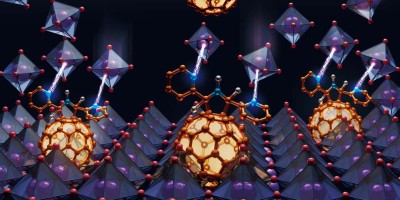A transition between strong and weak coupling regimes in a polariton diode microcavity yields optically controlled switching of current. Researchers show bistable cycles for optical powers two to three orders of magnitude less than typical schemes.


References
Gross, E. F. & Karryev, N. A. Dokl. Acad. Sci. USSR 84, 261–264 (1952).
Bajoni, D. et al. Phys. Rev. Lett. 101, 266402 (2008).
Weisbuch, C. et al. Phys. Rev. Lett. 69, 3314 (1992).
Liew, T. C. H., Kavokin, A. V. & Shelykh, I. A. Phys. Rev. Lett. 101, 016402 (2008).
Deveaud-Pledran, B. Nature 453, 297–298 (2008).
Diederich, C. et al. Nature 440, 904–907 (2006).
Christopoulos, S. et al. Phys. Rev. Lett. 98, 126405 (2007).
Kasprzak, J. et al. Nature 443, 409–414 (2006).
Amo, A. et al. Nature 457, 291–295 (2009).
Author information
Authors and Affiliations
Rights and permissions
About this article
Cite this article
Kavokin, A. Polariton diode microcavities. Nature Photon 3, 135–136 (2009). https://doi.org/10.1038/nphoton.2009.17
Issue Date:
DOI: https://doi.org/10.1038/nphoton.2009.17
- Springer Nature Limited


